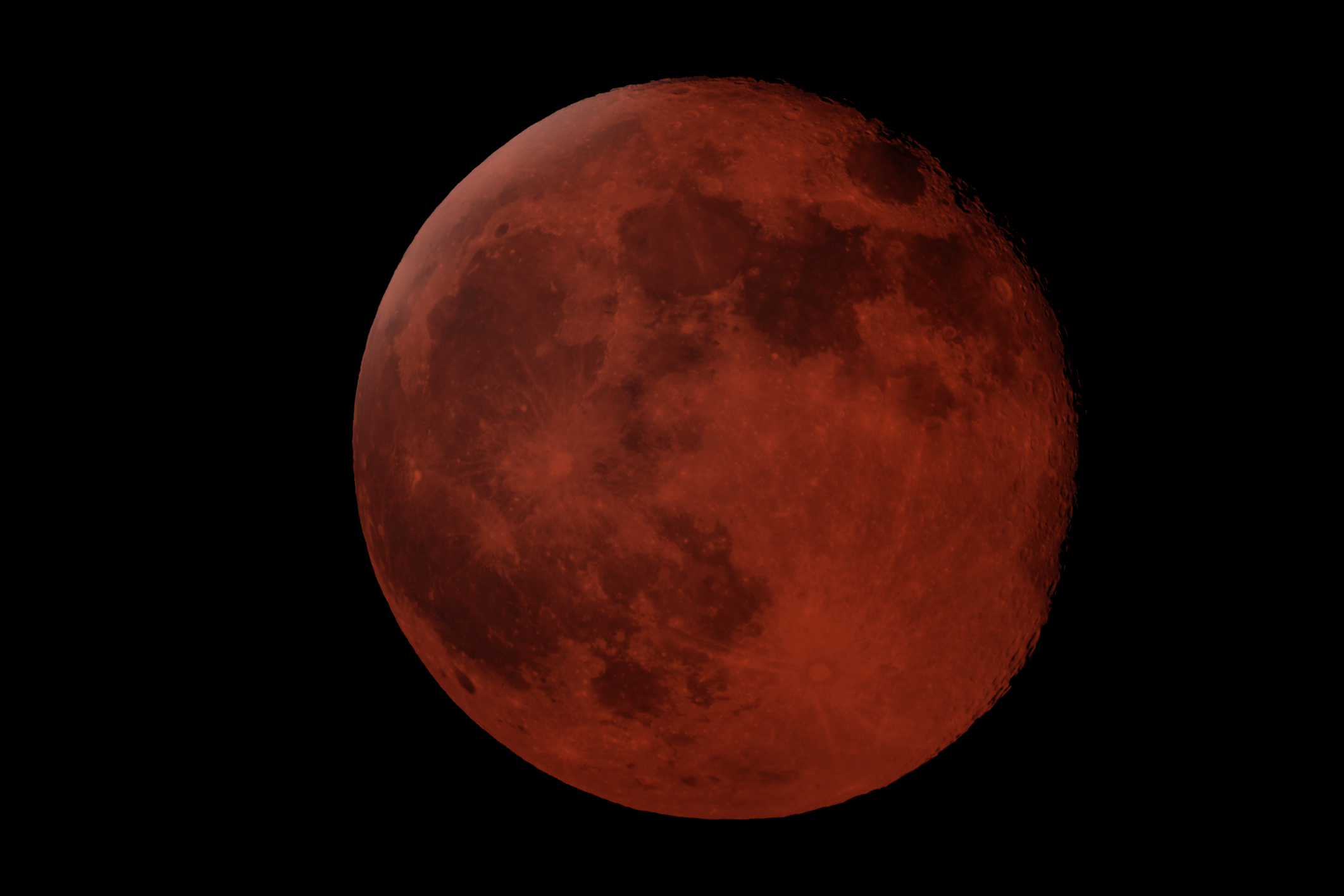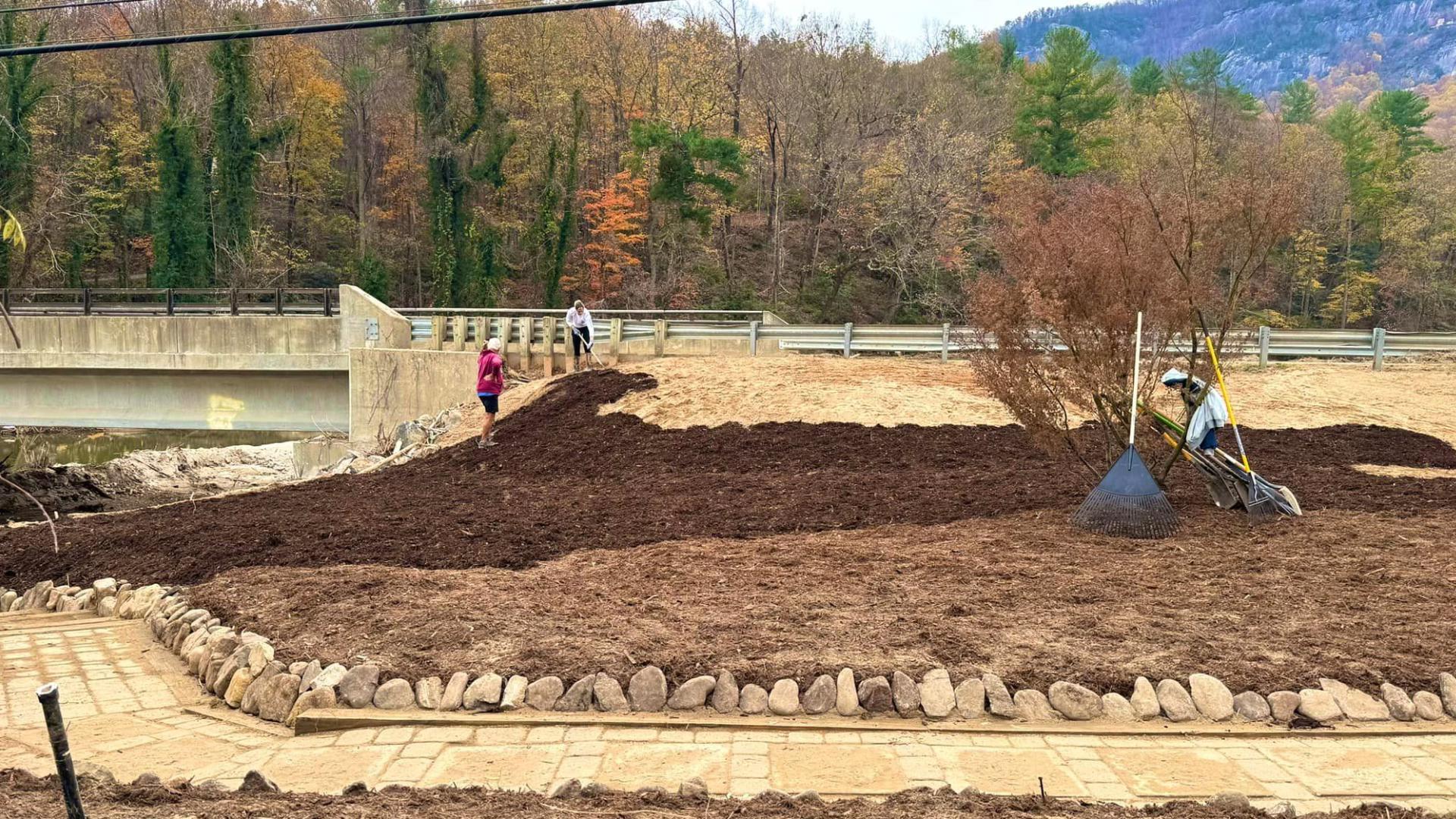GREENSBORO, NC -- A rare treat in the sky tonight as a combined lunar eclipse, Super Moon and Harvest Moon will all occur at the same time. Unfortunately, clouds will block our view here in the Triad.
First, the total lunar eclipse or Blood Moon will be visible from most of North America after sunset. Sunset that evening will be at 7:09 p.m. in the Triad and at that point the moon will already be above the eastern horizon.
The moon will then pass through the two of the Earth's shadows; the Penumbra and the Umbra. When the moon passes through the very light penumbra shadow it is barely visible to the naked eye. Once the moon passes into the Umbra shadow that is when the real show begins.
This partial umbral eclipse, or simply the partial eclipse, begins at 9:07 p.m. EDT on Sunday, September 27th. The moon will then move completely into the Earth's shadow at 10:11 p.m. EDT. When the moon enters this phase of the eclipse it will become red, hence the term Blood Moon.
The moon will remain in a total eclipse until 11:23 p.m.. This means that you will have 72 minutes to view the total lunar eclipse. The moon will then become partially eclipsed once again. The partial eclipse will end at 12:27 a.m. EDT, September 28th.
Also occurring at this time is a Super Moon! A Super Moon is a new or full moon which occurs when the moon is at its closest approach to Earth in a given orbit around the Earth. This is also known as perigee. On the night of September 27-28 the moon will make its closest encounter with Earth until November 14, 2016. As the moon makes its close encounter with the Earth it very well may appear slightly larger than normal. On average there are 4-6 Super Moons per year.
Perhaps the least impressive of the three is the Harvest Moon. The Harvest Moon is simply the name given to the full moon nearest the autumnal equinox which will occur Wednesday, September 23 at 4:20 a.m. The Harvest Moon got its name in the days before tractor lights when the light from the Harvest Moon helped illuminate farmers fields throughout the night during harvest season.
Unfortunately, clouds are likely to get in the way of our view here in the Triad. If our skies aren't clear, you can watch the show on NASA's live stream: http://www.nasa.gov/topics/solarsystem/features/watchtheskies/live-feed-of-sundays-supermoon-eclipse.html


